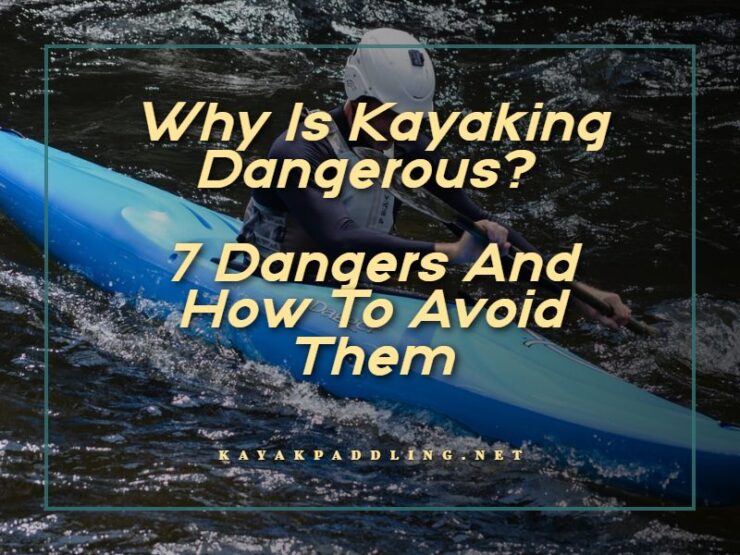Kayaking is a popular water sport, often shared with friends and family. While kayaking might seem like a relatively dangerous activity, it is important to have safety protocols in place before heading out onto the water.
Table of Contents
ToggleWhat are the dangers of kayaking?
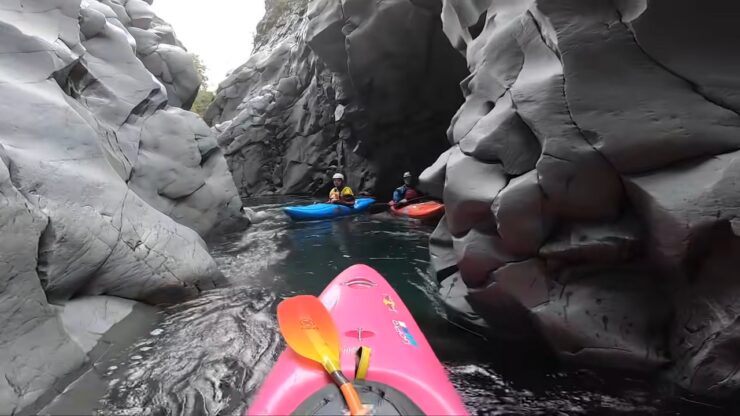
With so many different types of kayaks available today, there are a few potential dangers that kayakers should know about. However, as long as you prepare properly and use common sense, these dangers can be easily avoided. Here’s what to watch for:
1. Getting lost
If you’re going on the open ocean can be an amazing and beautiful experience. But this can be quite dangerous if you lose the coastline and the sense of where you are going. Often you won’t even realize how long have you paddled and then finding yourself not knowing where to go is an issue. This is the same for big bodies of water too. Getting too far from the place where you embarked can be really dodgy.
2. Lightning
Just like it can be dangerous to be out on the ocean when there are tornadoes, it’s also risky to be kayaking during a lightning storm. If you see clouds forming overhead, don’t hesitate to head back toward land as soon as possible.
3. Shallow waters
Another common reason why kayakers tip over their boats is because they were trying to navigate in shallow water. When you choose where you’re going to go kayaking, only pick spots where the water will stay at least two feet deep throughout your entire trip. That way, even if things get rocky or choppy, your chances of staying safe are still high.
4. Wind
Just like a tornado, it can be very dangerous to be on the water when there is a lot of wind. If you’re kayaking on a river or lake, try going on days that are calm and still to avoid any type of risk of injury from winds whipping up waves.
5. Collision with other boats
In addition to avoiding shallow water, don’t forget to also stay away from large boats as well as other crafts that have motors attached. These types of craft aren’t easily maneuverable and pose an even bigger threat than storms at sea since they could actually run you down.
6. Hypothermia
Even if you’re wearing a life jacket, don’t ever fall into the water without being close enough to shore for that jacket to keep you safe in the water. If you accidentally fall in, that stranded feeling can lead to hypothermia if you’re not careful.
7. Sunburns
A common reason why kayakers tip over is because they fell asleep while they were out on the water for too long. This typically happens on sunny days when you get really hot and slip into a nap without noticing your position on the lake or river has changed. Make sure to wear sunscreen, sunglasses, and hats when using your kayak on hotter days of the year!
What are some important things to know when kayaking?
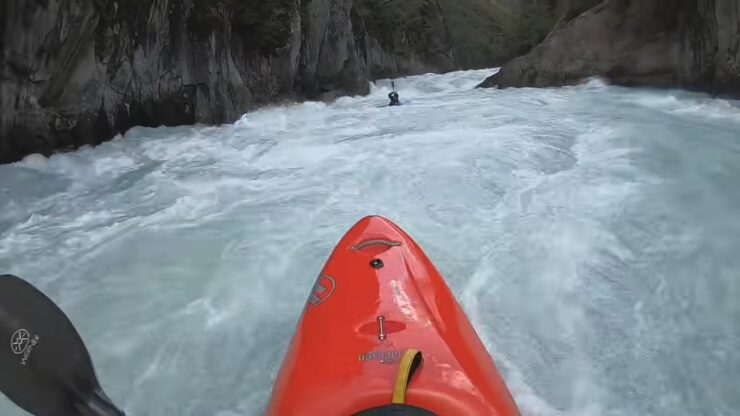
– First off, wearing a life jacket is one of the most important safety precautions there is. Whether it’s worn by itself or underneath a personal flotation device, a life jacket can save your life if you ever accidentally slip into the water.
– Remember that safety on the water is determined by how many people are in your party and what kind of kayak you have. If you have a group of friends going out onto the lake or river together, make sure everyone has their own personal kayak with them rather than sharing. By having your own kayak, if one person tips over then at least there’s another boat nearby for the rest of the group to hang onto!
– Make sure that all members of your party know basic first aid and CPR – it could be lifesaving if someone falls overboard and needs help getting back to shore safely.
– When planning where you’re going to kayak, try to choose locations that are far away from heavy traffic on the water. Nearby boats can pose a serious danger if they don’t see you and accidentally collide with your kayak.
– Always check the weather report before heading out onto the water – there’s no sense in risking injury or death by taking a trip during times of high wind, lightning, or storms. Even if it looks as though things will clear up later in the day, always err on the side of caution and avoid going out when there’s any chance of getting caught off guard by bad weather conditions.
What precautions should be taken when canoeing?
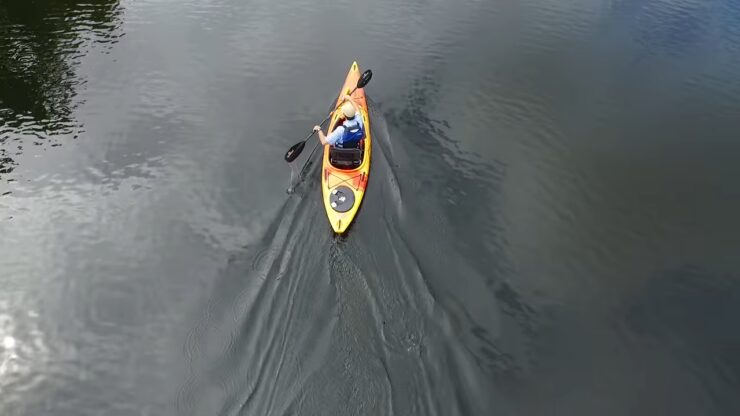
– First and foremost, wearing a life is key to staying safe while canoeing. Not only does it help keep you afloat, but it can protect you from dangerous falls or other injuries if your canoe turns over.
– It’s also very important to have someone in your party who is an experienced swimmer. If everyone else goes overboard, this person will be able to help the rest of the group get back to shore safely without drowning or injuring themselves further by thrashing around in the water.
– Make sure to steer clear of shallow waters, boats with motors attached, and rivers with heavy currents since these are common reasons why people tip over their canoes.
Everyone knows how fun kayaking can be during nice weather on a lake or river – but no one wants to end up underdressed for the weather or drowning because their kayak tipped over. With a little preparation and common sense, you can have an amazing time on the water without worrying about any accidents. After all, it’s supposed to be relaxing!
So some of the most important things to know, once again:
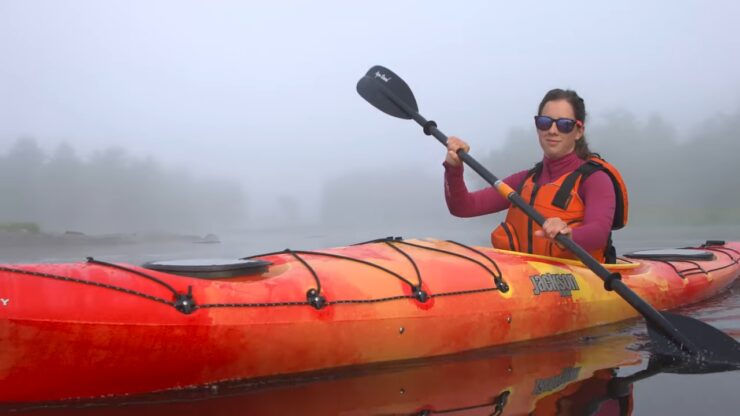
– Avoid going out during bad weather conditions, especially storms. Storms on the sea are especially dangerous due to being stranded in the middle of a body of water with nothing but a flotation device
– Always wear a life jacket. Whether worn under a personal flotation device or around your waist, wearing something to keep you afloat is key for survival in many situations (such as tipping over)
– Make sure you know the basics and how to control your vessel. Don’t tread in waters that are too advanced for you and always be on the lookout for dangers as even experienced kayakers have lost their lives in calm waters. One mistake is enough.
Adelaide Gentry, a seasoned kayaking enthusiast and expert, is the driving force behind KayakPaddling.net. With over a decade of experience navigating the world’s most challenging waterways, Adelaide combines her passion for adventure with a deep knowledge of kayaking to provide insightful and practical guidance for paddlers of all levels.
Related Posts:
- Heavy Duty Fishing: 11 Best Rods And Reels For Big Fish 2025
- 16 Best Kayak For Beginners 2025 - Kayaking Adventure Gear
- 10 Best Inflatable Kayak 2025 - Rivers, Lakes & Open Seas
- 10 Best Kayaks For Camping 2025 - Lightweight and…
- 10 Best Saltwater Fishing Boats - Ultimate Angling Adventure
- 10 Best Fish Finders Under $200 2025 - Top Affordable Picks

